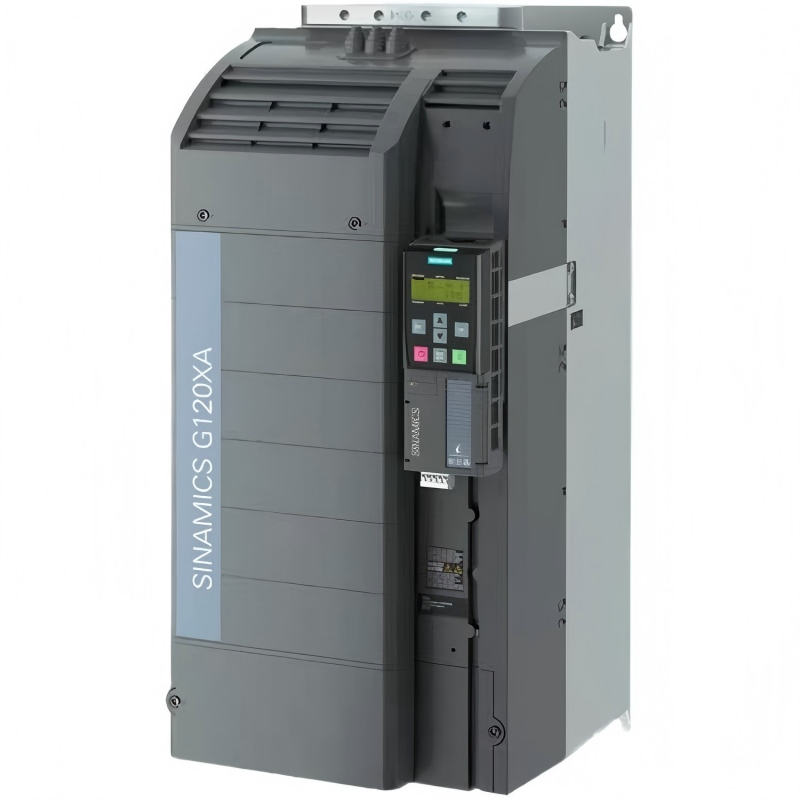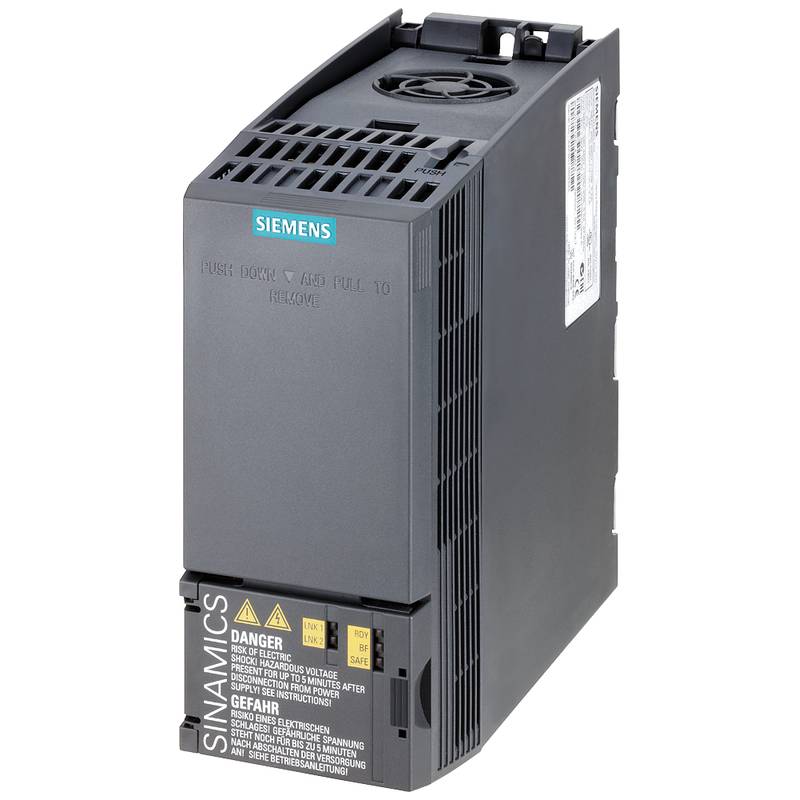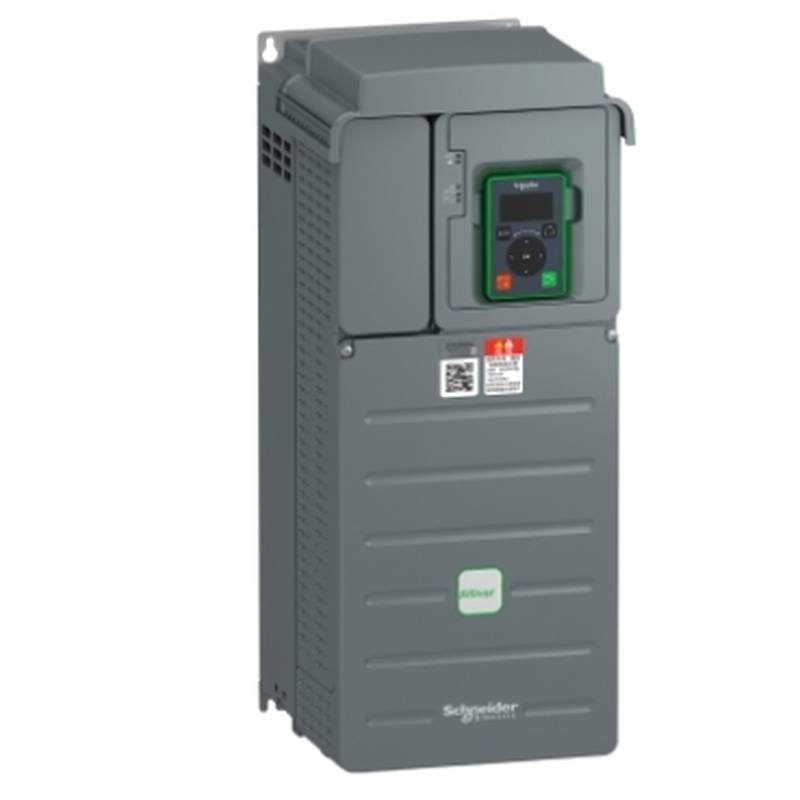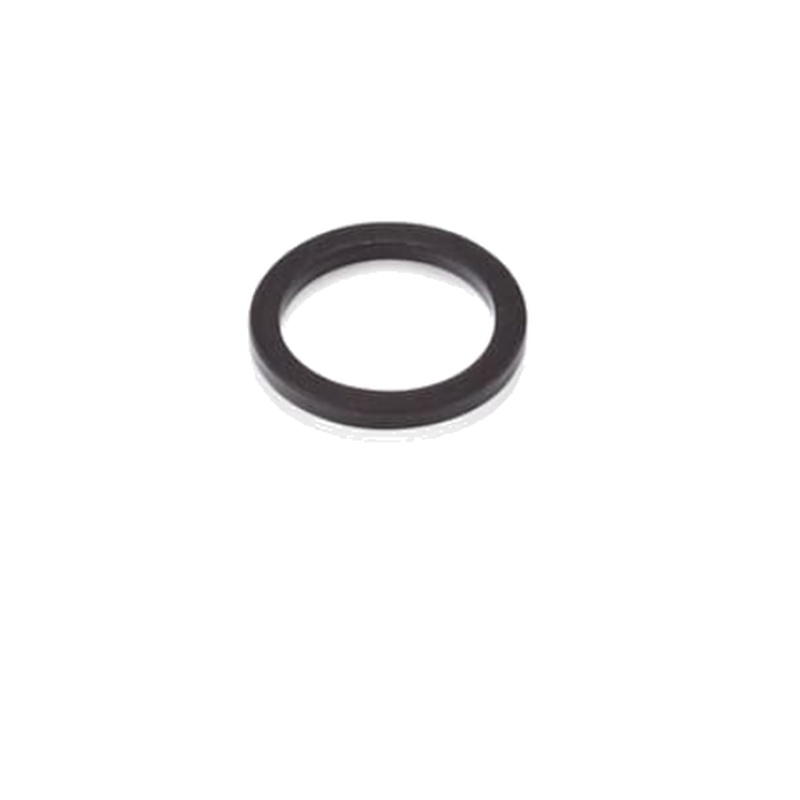
The Siemens 5SU1356-7KK20 Residual Current Circuit Breaker (RCCB) is a critical safety device engineered for reliable protection against electrical hazards. This 20A, 30mA, 1P+N unit offers superior performance in demanding industrial and commercial environments, safeguarding personnel and equipment from earth leakage faults and potential fire hazards. Its core advantage lies in its rapid tripping capability, preventing dangerous current surges and ensuring operational continuity. Key technical parameters include a rated voltage of 230/400V AC, a breaking capacity of 6kA, and compliance with IEC/EN 61009-1 standards, underscoring its robust design and adherence to international safety benchmarks.
Siemens 5SU1356-7KK20: Product Specifications
| Feature | Specification |
| :---------------------- | :------------------------------------------ |
| Product Type | Residual Current Circuit Breaker (RCCB) |
| Siemens Model Number | 5SU1356-7KK20 |
| Rated Current (In) | 20 A |
| Rated Residual Current | 30 mA |
| Number of Poles | 1P+N (Single Pole + Neutral) |
| Tripping Characteristic | Type C |
| Rated Voltage (Ue) | 230/400 V AC |
| Rated Breaking Capacity | 6 kA |
| Frequency | 50/60 Hz |
| Operating Temperature | -25°C to +45°C |
| Protection Class | IP20 (enclosure), IP40 (terminal) |
| Standards Compliance | IEC/EN 61009-1 |
| Terminal Type | Screw Terminals |
| Wire Cross-Section | Up to 16 mm² (solid), 10 mm² (stranded) |
Core Features & Market Positioning
The Siemens 5SU1356-7KK20 RCCB distinguishes itself through its high breaking capacity and reliable tripping performance, crucial for safeguarding sensitive electrical equipment and preventing hazardous situations in industrial settings. Its Type C tripping characteristic ensures optimal protection for circuits with moderate inrush currents, such as those found in motor loads or lighting systems, without causing nuisance tripping. This positioning as a robust, dependable safety component makes it a preferred choice for system integrators and maintenance professionals prioritizing safety and operational integrity. The Siemens brand assurance further solidifies its market standing, offering confidence in product longevity and performance.
Key Application Scenarios
This Siemens 5SU1356-7KK20 RCCB is ideally suited for a broad spectrum of applications within the industrial and commercial sectors. It provides essential protection in control cabinets, power distribution boards, and machinery control systems, where earth fault detection is paramount. Specific use cases include protecting personnel against electric shock in wet environments, preventing fires caused by insulation failure, and safeguarding motors and sensitive electronic equipment from damage due to ground faults. Its suitability extends to applications requiring the protection of circuits with inductive or capacitive loads, characteristic of modern industrial automation.
Practical System Integration Guidance
Integrating the Siemens 5SU1356-7KK20 RCCB into an existing electrical system is straightforward, leveraging standard DIN rail mounting. Ensure proper termination by connecting the line conductor to the designated input terminal and the load to the output terminal, with the neutral conductors connected appropriately. The device requires a properly earthed system to function effectively. Verify that the incoming power supply characteristics (voltage, frequency) align with the RCCB's specifications. For multi-phase systems, ensure that each phase is adequately protected by appropriately rated residual current devices, potentially in conjunction with overcurrent protection devices.
Operation and Risk Mitigation
The primary function of the Siemens 5SU1356-7KK20 RCCB is to detect residual currents flowing to earth and interrupt the circuit rapidly, thereby preventing electric shock and fire hazards. It operates by comparing the current flowing in the live conductor(s) with the current returning in the neutral conductor. Any imbalance above the rated residual current of 30mA triggers an immediate trip. Regular testing using the integrated test button is crucial to ensure the device's operational readiness. Avoid contact with live parts and always de-energize the circuit before performing any maintenance or inspection.
Scalability & Long-Term Value
The Siemens 5SU1356-7KK20 RCCB is designed for seamless integration within the broader Siemens industrial automation ecosystem. While this specific unit provides fundamental safety protection, its compatibility with other Siemens circuit protection and control devices allows for scalable system design. Future expansions or upgrades can incorporate additional safety devices or advanced monitoring solutions that interface with the existing power distribution infrastructure. The inherent reliability and durability of Siemens components ensure long-term value and reduced maintenance requirements over the lifespan of the installation.
Frequently Asked Questions
What is the primary function of a Siemens 5SU1356-7KK20 RCCB?
The Siemens 5SU1356-7KK20 RCCB's main purpose is to detect imbalances in electrical current, indicating a potential earth leakage. This rapid detection triggers a disconnection of the circuit.
This protection mechanism is vital for preventing electric shock to individuals who might come into contact with a faulty appliance or wiring. It also plays a critical role in mitigating the risk of electrical fires originating from insulation damage.
By swiftly isolating the fault, the RCCB safeguards both personnel and property, ensuring a safer operational environment in industrial and commercial settings.
How does the 30mA residual current rating benefit an industrial application?
A 30mA residual current sensitivity is considered the threshold for preventing serious injury to humans. This rating ensures that even small leakage currents are detected and interrupted.
This sensitivity is crucial in environments where personnel may be exposed to higher risks, such as areas with increased humidity or conductive flooring. It provides a vital layer of personal protection.
For industrial machinery, this rating can also protect sensitive electronic components from damage caused by persistent, low-level earth faults that might otherwise go unnoticed.
What types of electrical faults does a Type C tripping characteristic handle effectively?
The Type C tripping characteristic is designed to accommodate moderate inrush currents commonly encountered with inductive loads. These include electric motors and transformers.
This means the Siemens 5SU1356-7KK20 will not trip unnecessarily when equipment with a typical start-up surge is activated. It balances sensitive fault detection with operational reliability.
It is important to note that Type C is not suitable for very high inrush currents, such as those from large motor banks or certain types of lighting ballasts, where Type D might be required.
Can the Siemens 5SU1356-7KK20 be used as a standalone overcurrent protection device?
No, an RCCB like the Siemens 5SU1356-7KK20 is primarily designed for earth leakage protection, not overcurrent protection. It detects imbalances in current flow to earth.
Overcurrent protection, such as that provided by miniature circuit breakers (MCBs) or fuses, is designed to protect against overloads and short circuits. These devices trip based on excessive current draw.
For complete circuit protection, an RCCB is typically used in conjunction with an MCB or fuse, providing both residual current and overcurrent safety features for the circuit.
What are the key considerations for installing the Siemens 5SU1356-7KK20?
Installation requires mounting the RCCB onto a standard DIN rail within an appropriate enclosure. Ensure correct polarity by connecting the line supply to the designated input terminals.
The earth connection for the overall system must be robust and correctly terminated for the residual current detection to function. Always ensure the circuit is de-energized before beginning installation work.
Verify that the incoming voltage and frequency match the device's specifications (230/400V AC, 50/60Hz) and that the wiring cross-section is within the terminal's capacity (up to 16mm² solid).
How do I test the functionality of the Siemens 5SU1356-7KK20 RCCB?
Each Siemens 5SU1356-7KK20 RCCB is equipped with a test button, typically labeled "T" or with a test symbol. Pressing this button simulates an earth fault condition.
When the test button is pressed, the internal mechanism should trigger, and the circuit breaker should trip, disconnecting the power. This confirms that the tripping coil and mechanism are operational.
It is recommended to test the RCCB periodically, for example, monthly, to ensure its continued reliability. Always reset the breaker manually after a successful test.
What is the significance of the 1P+N (Single Pole + Neutral) configuration?
The 1P+N configuration means the RCCB protects a single phase and also switches the neutral conductor simultaneously. This ensures complete isolation of the circuit during a fault.
This design is common in single-phase systems where both the live and neutral conductors carry current and need to be safely disconnected. It simplifies wiring and ensures proper circuit interruption.
In such a setup, the neutral conductor is switched along with the phase conductor, providing a comprehensive safety measure by completely breaking the circuit from the power source.
Does the Siemens 5SU1356-7KK20 offer protection against overloads?
No, the Siemens 5SU1356-7KK20 is specifically an RCCB, designed to protect against earth leakage faults. It does not provide protection against overcurrents (overloads or short circuits).
For comprehensive protection, this RCCB must be used in conjunction with an overcurrent protection device, such as a Miniature Circuit Breaker (MCB) or a fuse. These devices protect against excessive current.
The combination of an RCCB and an MCB in a single unit, or installed in series, provides a complete safety solution for electrical circuits, covering both earth leakage and overcurrent scenarios.
What is the breaking capacity (6kA) of this Siemens RCCB, and why is it important?
The breaking capacity (Icn) of 6kA indicates the maximum fault current the RCCB can safely interrupt without sustaining damage. This is a critical safety parameter.
A higher breaking capacity ensures that the device can effectively and safely interrupt severe short-circuit currents that might occur on the downstream side of the breaker. This prevents catastrophic failure.
Choosing an RCCB with a breaking capacity appropriate for the potential fault levels in the installation is essential for ensuring reliable protection and preventing damage to electrical equipment and infrastructure.
Can this RCCB be used in both domestic and industrial settings?
Yes, the Siemens 5SU1356-7KK20 is rated for use in a variety of settings, including industrial, commercial, and even demanding domestic applications. Its robust construction and compliance with international standards support this versatility.
The 20A rating makes it suitable for circuits with moderate to significant power demands commonly found in workshops, light industrial machinery, and larger residential power circuits.
Its 30mA sensitivity provides essential personal protection, making it a valuable safety component wherever electrical safety regulations require earth leakage detection.























